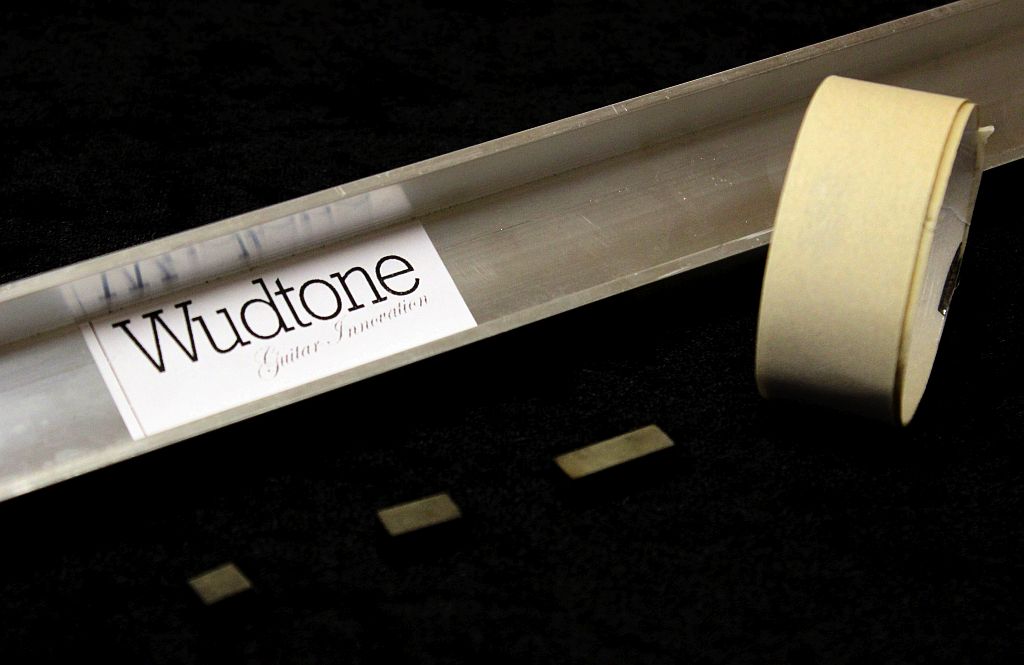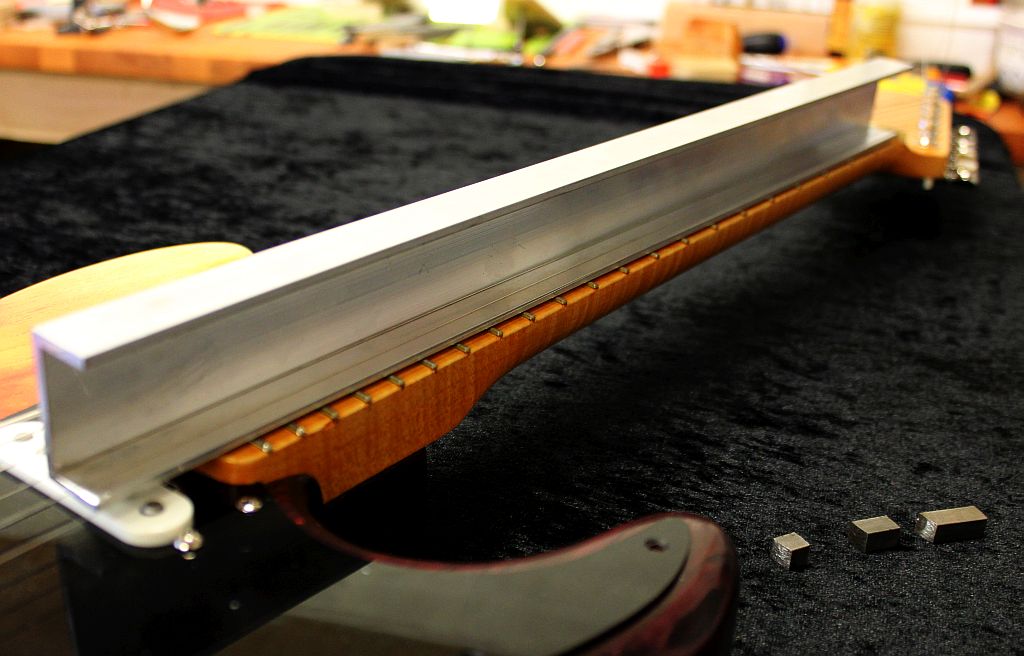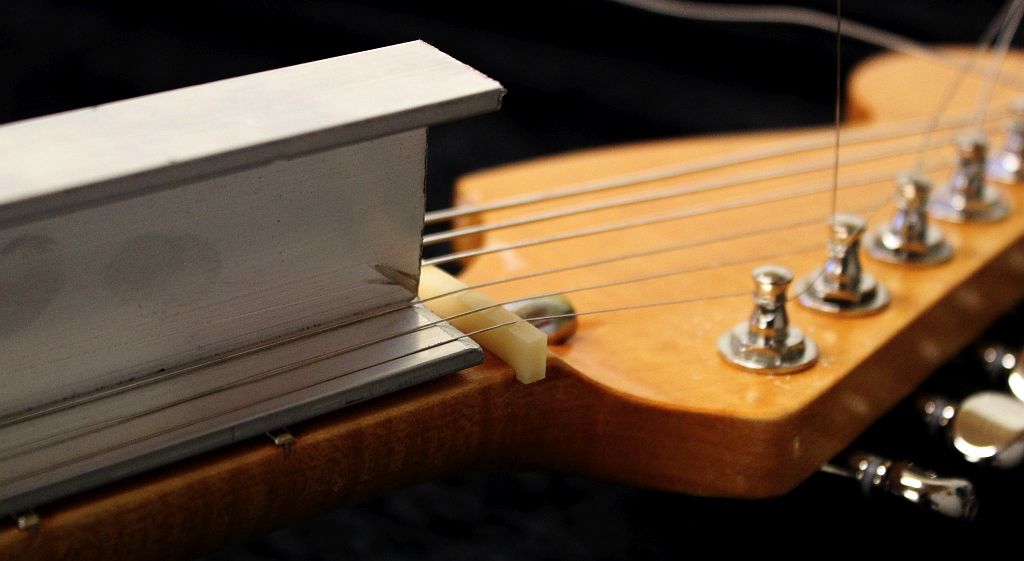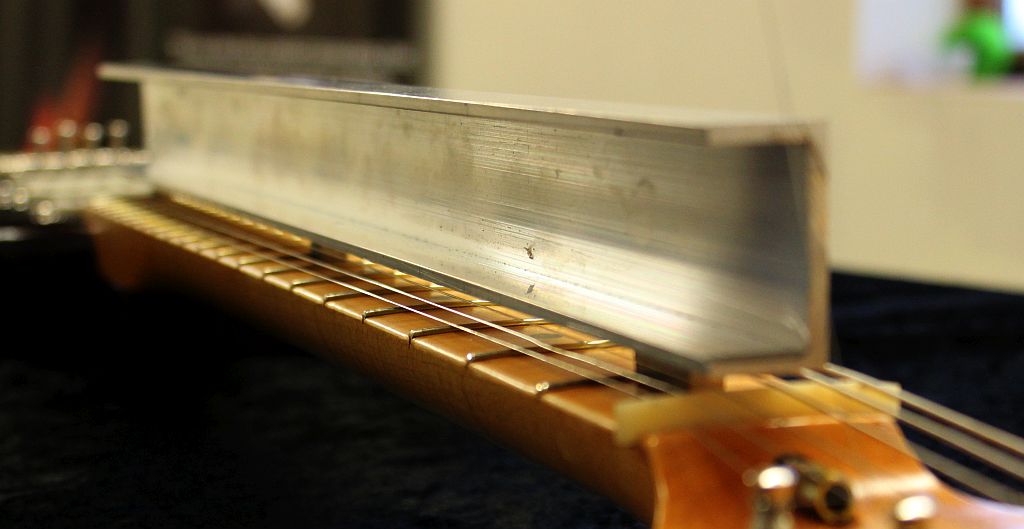Howdy, Stranger!
It looks like you're new here. If you want to get involved, click one of these buttons!
Categories
- 241.4K All Categories
- 22 >> Start Here <<
- 12 New Members
- 8 FAQs
- 86.6K Gear
- 39.5K Guitar
- 3.4K Acoustics
- 1.3K Bass
- 14.6K Amps
- 17.2K FX
- 266 Digital & Modelling
- 765 Other Instruments
- 8.3K Making & Modding
- 420 Gear Reviews
- 107 Guitar Reviews
- 73 Amp Reviews
- 118 FX Reviews
- 87 Other Reviews
- 748 Made in the UK
- 972 Theory
- 1.8K Technique
- 2.1K Live
- 3.2K Studio & Recording
- 2.1K Making Music
- 218 Events
- 15 Guitar Show 2018
- 829 Plug My Stuff
- 105.1K Classifieds
- 41K Guitars £
- 2.8K Acoustics £
- 138 LH Guitars £
- 896 Basses £
- 10.5K Parts £
- 18.3K Amps £
- 34K FX £
- 2.8K Studio & Rec £
- 6.1K Misc £
- 465 Personnel
- 54.7K Chat
- 36.5K Off Topic
- 1.1K Tributes
- 6.6K Music
In this Discussion
Become a Subscriber!
Subscribe to our Patreon, and get image uploads with no ads on the site!
New Wudtone UTFL - Under Tension Fret Leveller - delivers accuracy for best playability every time.
 andypwudtone
Frets: 287
andypwudtone
Frets: 287
It is critical to level frets under string tension for accuracy, best playability.
more info at http://www.wudtone.com/product/wudtone-utfl-under-tension-fret-leveller/




0 LOL 1
LOL 1 Wow! 0
Wow! 0 Wisdom
Wisdom
 LOL 1
LOL 1 Wow! 0
Wow! 0 Wisdom
Wisdom Base theme by DesignModo & ported to Powered by Vanilla by Chris Ireland, modified by the "theFB" team.


Comments
Levelling frets under string tension is the only way to be 100% confident your are going to get the job done effectively and as accurately as possible for best playability.
If you are not sure why having the neck under string tension is important for this critical task, look up Leonhard Euler. He knew that materials under tension curve differently. This is why necks often have an s curve under tension and also a bit of a hump around the 14th – 18th frets. Using this tool you will be able to simply jig the guitar under real string tension and so compensate for these variations and level the frets accurately every time.
The Wudtone UTFL comes with :
We cover and practice the use of this tool during the Wudtone Luthier Performance Clinics.
The steps are :
Check out our other unique luthier tools to help you, re-crown and shape frets end, cut nuts most cost effectively.
Formerly TheGuitarWeasel ... Oil City Pickups ... Oil City Blog 7 String.org profile and message
An important question I could find an answer to. How much sandpaper do you get with the kit and do you sell replacement strips?
BTW - My Wudtone CPV tremolo arrived today and it is a piece of art. Won't be able to fit it for a few weeks but looking forward to putting it through it's paces.
Thanks for the info.